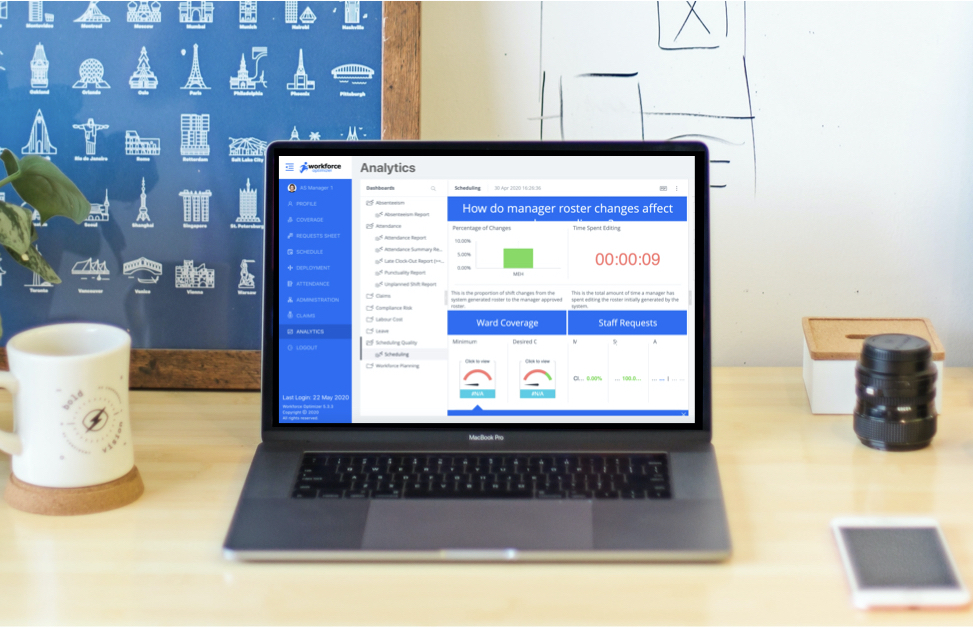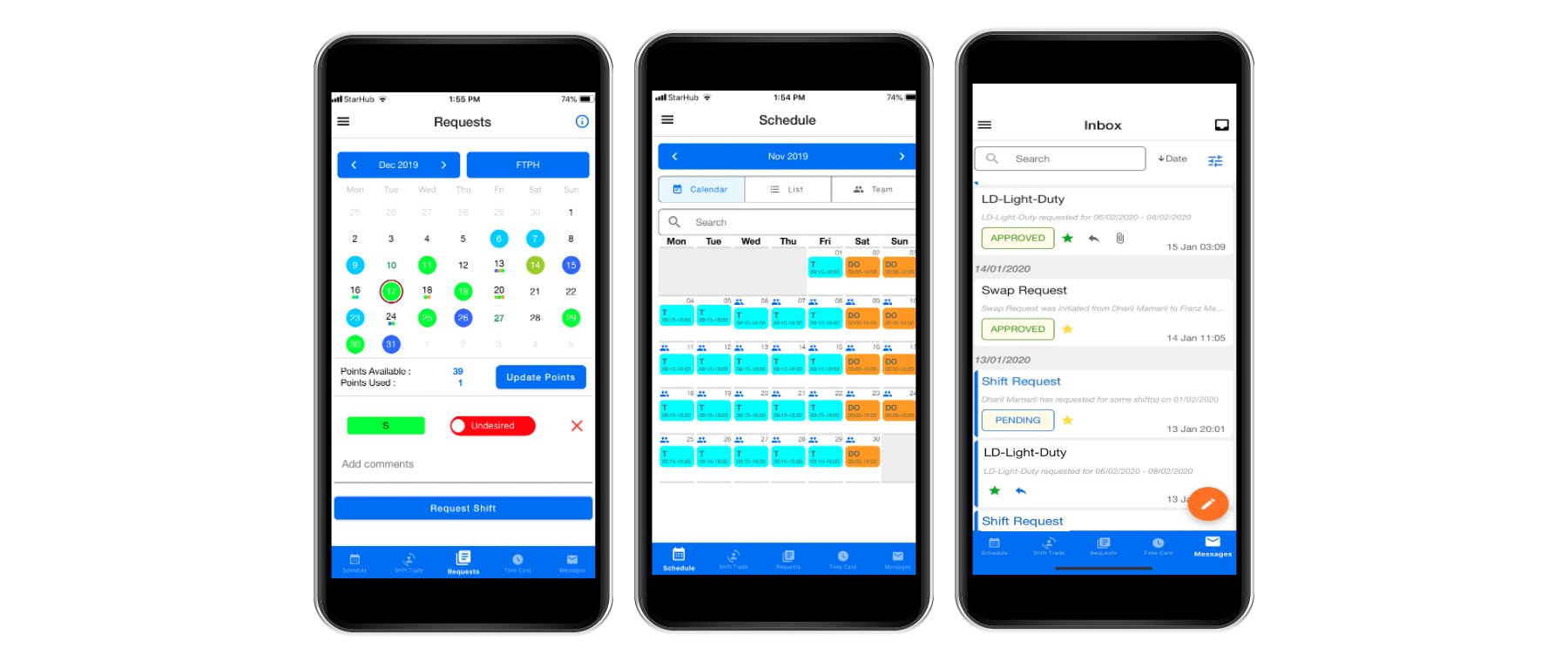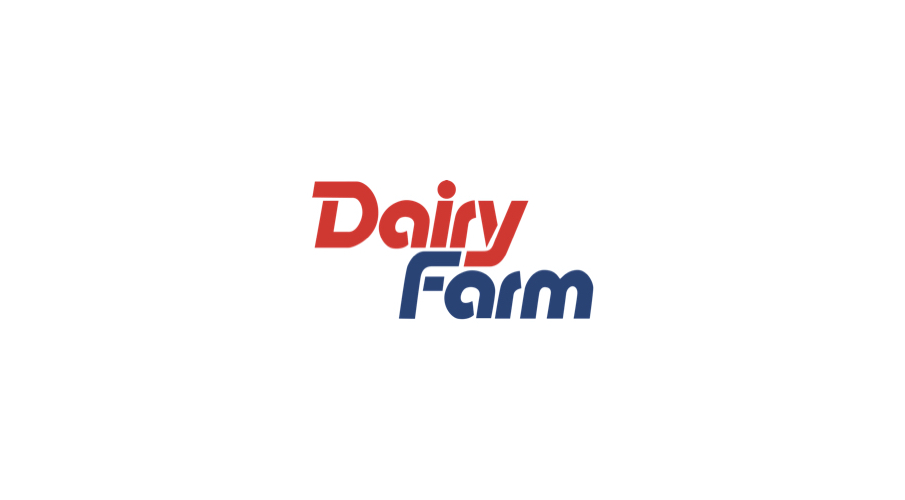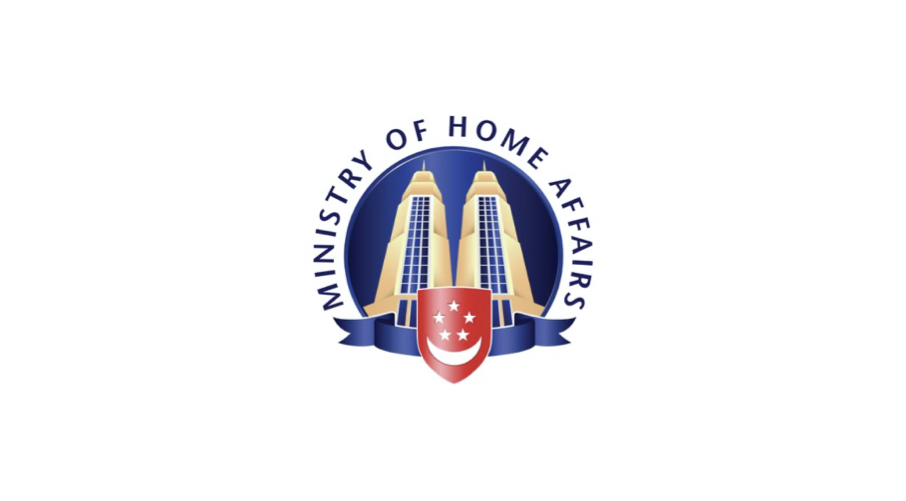Workforce Optimizer (WFO) helps enterprises to predict future workload/labor demand, optimize the deployment of their workforce, dynamically redeploys the workforce based on unplanned events, and provides greater visibility into workforce analytics.
70%+
Less time spent on workforce scheduling
5-15%
Labor cost savings per unit of service
80%+
Assignments to staffs’ “Most Preferred” shifts
90%+
Alignment of staffing with needs at an hourly level
CHALLENGES
Today the enterprises suffer from inefficient deployment and management of their scarce, multi-skilled, and demanding workforce. The challenges include the high labor expense, sub-optimal labor forecasting, and scheduling, substantial fines for non-compliance of regulatory and union rules, inconsistent quality of service, poor work-life balance, pay calculation errors, and limited enterprise-wide workforce information. These challenges have adversely impacted cost-efficiency and seriously constrained profitability.
Most enterprises have been relying on a variety of manual paper-based processes and transactional or rules-based software systems to deploy and manage their workforces. Rules-based systems do not take account of any high-level objectives (i.e. quality of service, fairness, cost, etc.), can not cope with conflicting requirements (i.e. rules do not allow conflict), and function poorly with significant resource constraints, they rarely, if ever, can create a useful solution in a complex and dynamic environment.
Due to the inherent weaknesses of existing approaches, large organizations spend considerable time, effort, and capital on the processes used to deploy and manage their workforces.
SOLUTION
WFO transforms the complex task of workforce management for the enterprise into a synchronized, well- managed and optimized process. Unlike other approaches that employ time-consuming manual techniques or rules-based algorithms to generate simplistic schedules, WFO employs machine learning and breakthrough mathematical techniques that rapidly synthesize and process complex workforce factors to automatically create accurate forecasts, optimized schedules, and task deployment plans.
Learn More About WFO
Find out how we can help you implement these strategies to achieve your goals
Workforce Optimizer (WFO) Features
Business Rules
Large workforces are subject to complex rules that govern workforce schedules and the calculation of pay and benefits. Automation and configurability of these rules are beyond the technical capabilities of many workforce management solutions. WFO uses high-level abstraction to scale to effectively manage the complexity of employee scheduling.
Labor Demand Forecasting
This module leverages machine learning to determine the size and the composition of the staff required to meet the quality of service targets based on predicted staffing demand coupled with enterprise goals.
Policy and Compliance Tracking
The tracking module allows staff, managers, and management to track workforce-related information effectively such as absenteeism, leaves, schedules, claims, work hours, credentials, and statutory holidays.
Workforce Analytics
Align every labor decision with strategic goals. This module delivers timely, actionable information to managers and executives so they can make better workforce decisions to improve labor productivity and efficiency throughout the organization.

Shift and Task Optimization
Allow managers to automatically generate a shift roster and task deployment using breakthrough AI and mathematical optimization engine. The module provides consistency checks in real-time to any changes made to the schedule, pinpointing the effects of such changes, the resulting deficiencies, and facilitating what-if-analysis.
Employee Self-Service
WFO Self-service and Mobile App enable staff to track availability, requests, leaves, roster, claims, work hours, and empowers staff to participate in the scheduling process through a unique bidding system. It also allows enterprises to adapt swiftly to unplanned demands on its workforce and changing employee schedules.

Attendance and Claims
Automate and streamline the management of employee hours. This saves payroll staff considerable time and significantly reduces the risk of costly payroll errors.
Integration Adaptors
Integrate quickly with enterprise systems using pre-built interfaces based on RESTful (JSON/SOAP) web services standards. Seamless integration with other IT systems such as HR, Payroll, etc ensures that you can maximize value out of your existing enterprise infrastructure
Team Messaging
Connect securely and share your documents and files to anyone across any shift, duty, or department within your organization.
Our Customers’ Success Stories
WFO provided a workforce scheduling system to schedule scientists and engineers for the Mars Exploration Rover mission
There were about 600 scientists and engineers working on the Mars Exploration Rovers mission, filling 38 different operational roles. Any scientist or engineer is qualified to fill one to five different roles based on their expertise and experience. Rest time and work patterns need to be taken into account to minimize personnel fatigue.
On top of this, the whole mission is run on Mars time. Since a Mars day is about 40 minutes longer than an Earth day, this means that staff show up for their shifts 40 minutes later each day. Furthermore, the scientists were working from different parts of the world, like West/East Coast of US, Europe and Japan.
It was an extremely challenging problem to find an optimal schedule that works within all these constraints. The problem size was more than 3 million binary decision variables.
Ministry of Health Uses WFO to dynamically redeploy workforce in real-time
Ministry of Health in Singapore oversees more than 35,000 healthcare professionals in 11 hospitals, 5 specialty centers, and 4 community hospitals with a capacity of 9,000+ beds in total.
As part of their workforce planning activities, managers have to evaluate a wide range of variables such as job volumes, fluctuations in workload, hourly wages, overtime rates, staff availability, staff preferences, staff skill mix, staff capabilities, and certifications, union rules, organization rules, and regulatory constraints.
Apart from that, managers face multiple conflicting objectives such as matching staffing with customer volumes, increasing staff satisfaction, ensuring a fair distribution of workload, reducing staffing costs, and minimizing the manager’s time spent on planning activities.
Additionally, with the outbreak of COVID-19, MoH has to change work policy across the affected units (3 shifts to 2 shifts) to support Business Continuity Planning, introduce new work policies quickly with applicable pay codes, create new COVID-19 units with the required coverage (headcount, skills) based on the changing demand, conduct contact tracing using a workforce analytics module that is integrated into the time and attendance tracking as well as workforce scheduling solutions.
Unlike existing approaches, WFO uses AI and award-winning mathematical optimization techniques to process millions of complex scheduling rules to automatically generate optimized schedules and dynamically redeploy workforce in real-time based on unplanned events ensuring optimized use of hospital’s scarce resources.
In healthcare, Workforce Optimizer not only optimizes workforce planning across nursing, clinicians, ancillary and allied health, but also resource planning and appointment scheduling across treatment units like an operating theatre, catheterization lab, diagnostic imaging, and endoscopy. Workforce Optimizer also provides long term and home care organizations with an integrated and automated real-time scheduling solution that optimizes caregivers (nurses, doctors, and therapists) resources, increases productivity and revenue while decreasing travel, administration, and call center costs.
WFO implemented the solution to help DairyFarm track the time and attendance and optimize the deployment of staff across stores
Dairy Farm is a leading pan-Asian retailer with 6,500 outlets and revenue exceeding US$20 Billion.
WFO implemented the solution for 900 stores and 9,000 staff helping them to track time and attendance, optimize the deployment of staff across stores, and dynamical redeployment based on unplanned events.
Due to a large number of different brands with different work policies and pay rules – Giant, CS, Guardian, 7Eleven, etc, as well as constraints like different skill sets, part-timers and casuals, staff preferences, etc, managers had to consider a wide range of variables when planning staff deployment. Further, dynamic labor demand based on fluctuating sales across departments within stores forced managers to adjust the staffing supply on an on-going and short-notice basis. Finally, varying time capturing mode, and client devices (PCs – Windows or Linux, Tablets, etc) across different brands and stores contributed to the complex environment.
Within the first year of implementation, Dairy Farm saw a reduction in payroll error and inflation while ensuring 100% compliance to regulations. WFO provided insights into operations at the enterprise level for informed decision making. Allowing the staff to access their schedule well in advance via mobile app, participate in the shift-bidding process as well as granting them their preferred shifts ensured a balanced workload distribution, improved fairness, and staff satisfaction thus leading to more productive staff and a reduced staff turnaround.




Find out how WFO can help you implement these strategies during the COVID-19 crisis while adjusting to the complex requirements of your organization.
